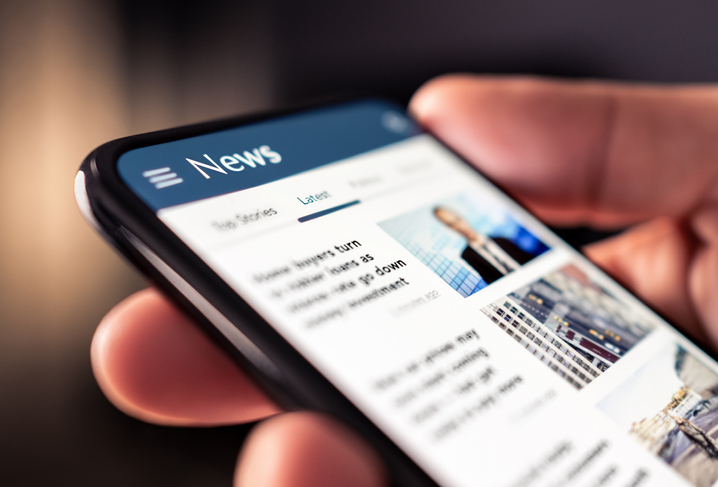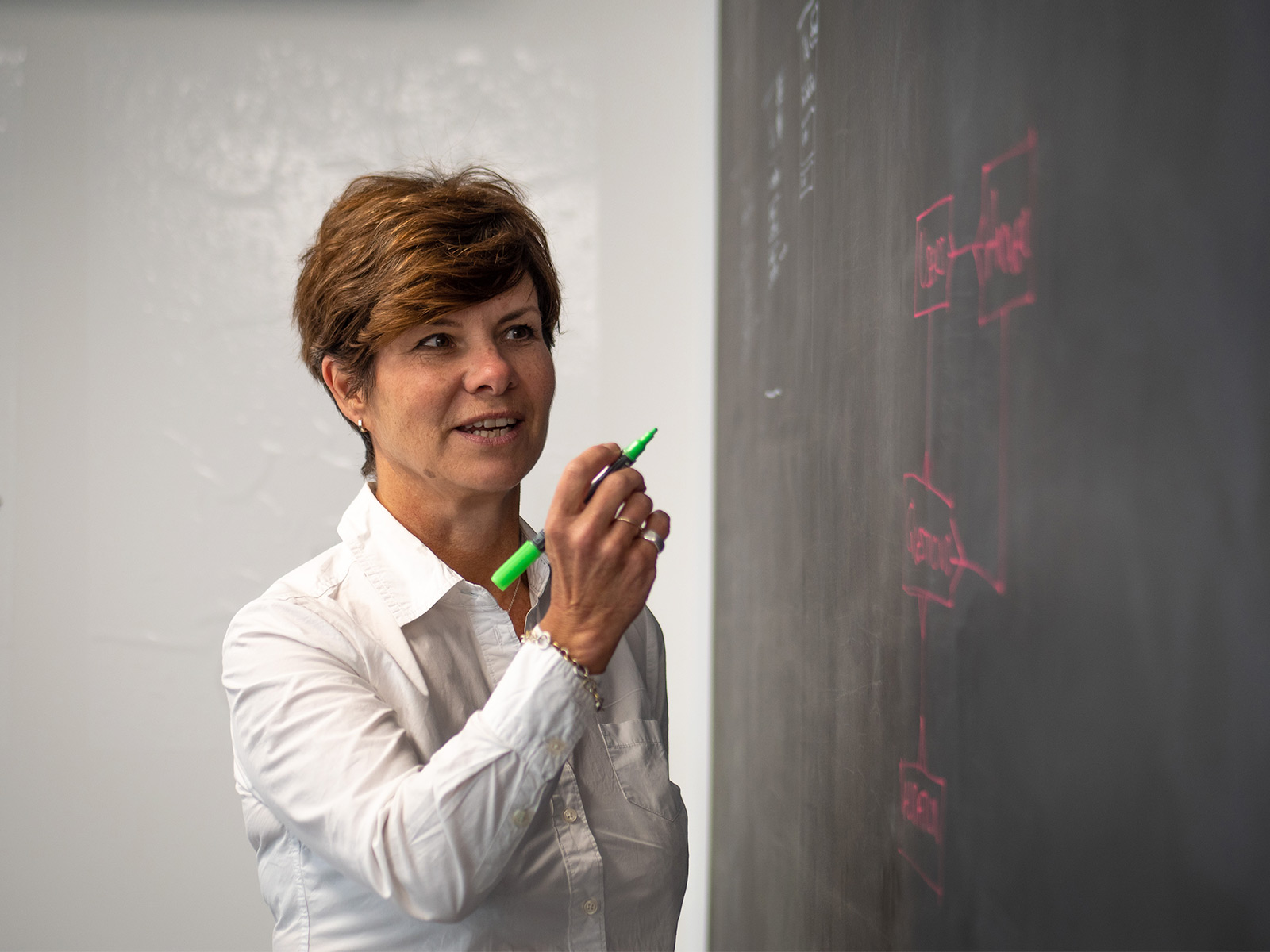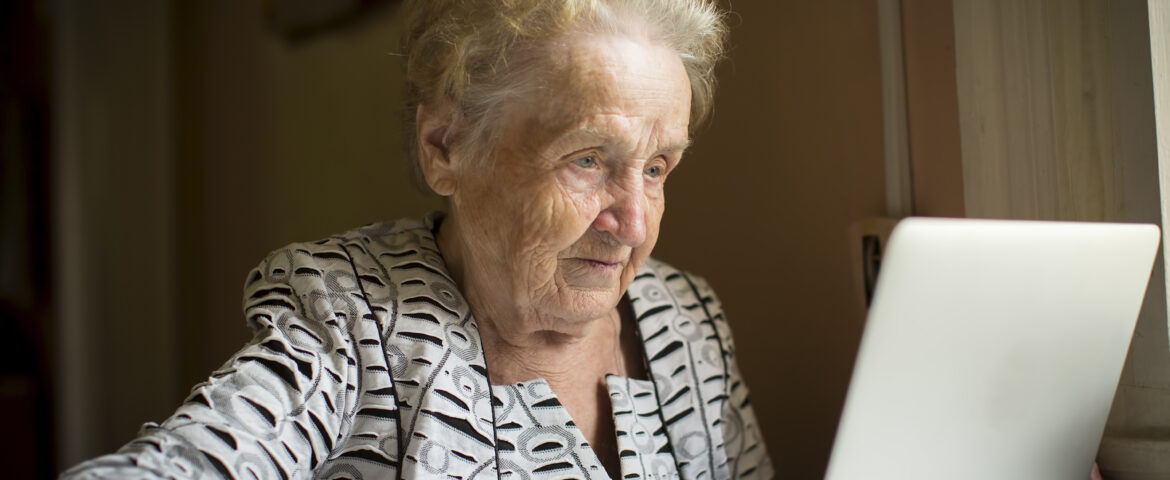The current health crisis has certainly accelerated our reliance on digital tools in a bid to maintain some semblance of normal.
The same can be said for public health bodies and local authorities too. As they try to keep people physically and mentally well during the lockdown, they are faced with a further challenge – ensuring those who are digitally excluded are not socially excluded.
The Covid-19 crisis has shown that solutions can rapidly be put in place and successfully relieve pressure on the health sector. Priority Digital Health, for example, developed and launched the Covid-19 Welfare Platform within the space of a week.
However, with 1.9 million households having no or limited access to the internet or uncomfortable with digital tools, the very people the service was designed to help may not be able to access it.
As the demand for digital grows what can be done to help those offline access this same level of support?
The Department for Digital, Culture, Media, and Sport has distributed internet-ready devices to hospitals and care homes, so the sick and elderly can stay connected with their families. They have also pledged to give a free tablet or laptop computers and 4G based mobile broadband service to those children deemed disadvantaged.
These efforts to support our most vulnerable in society by giving them the tools to go online should be applauded. But, in this time of social distancing, we need human connectivity more than ever to close the digital divide. In the UK, 5 million people reportedly have zero basic digital skills and a further 1 million basic abilities – more needs to be done to help them get online.
Community organisations and charities are coming together to provide this invaluable support. One Digital, a collaborative digital inclusion programme spearheaded by AGE UK, works with a network of volunteer ‘digital champions’ to deliver free training to vulnerable people across the UK.
There is evidently an increase in demand for services right now. Silverline, the free confidential helpline providing information, friendship, and advice to older people, has reported a 30% increase in calls over the last 2 months.
Similarly, the NHS 111 online service usually receives 10k visits a day but during the peak of the pandemic reported nearly 1 million.
The digital divide is not solely about loneliness and isolation though. It could fast become a matter of life or death. Those who cannot or do not know how to access such healthcare services online may be at risk.
We've played our part. In association with Essex County Council and Provide CIC, we trained 350 call handlers and 3500+ volunteers within the space of a week on how to use the Covid-19 Welfare Platform.
Since its launch in early April 2019, thousands in the community have been paired with vulnerable people needing support with daily tasks, such as picking up medication and food shopping.
The Covid-19 pandemic has highlighted that digital solutions can have a positive impact on health and social care, but it has also accelerated the digital divide.
To ensure that digital inequalities are not exacerbated, and the current health crisis does not worsen, we must go back to our roots. Digital connectivity still requires human connectivity.
 ?>
?>



